WTMC Ruapehu Lodge –
and the solitary wilding pine
🌲
The wilding pine on the Whakapapa slopes of Mount Ruapehu needed to be removed – so Sarah and her teddy bear set out to do the job
Some time ago while passing across the western slopes of Mt Ruapehu around towards the WTMC Lodge Sarah Saurus noticed a solitary wilding pine. These are, of course, a disaster for NZ’s natural landscapes so she did her best to break it down but it was too sturdy.
But now that she was back at the lodge as a host for the Teddy Bears Tramping Club picnic weekend what better time than to get the biggest and strongest Teddy to help her fell the tree once and for all.
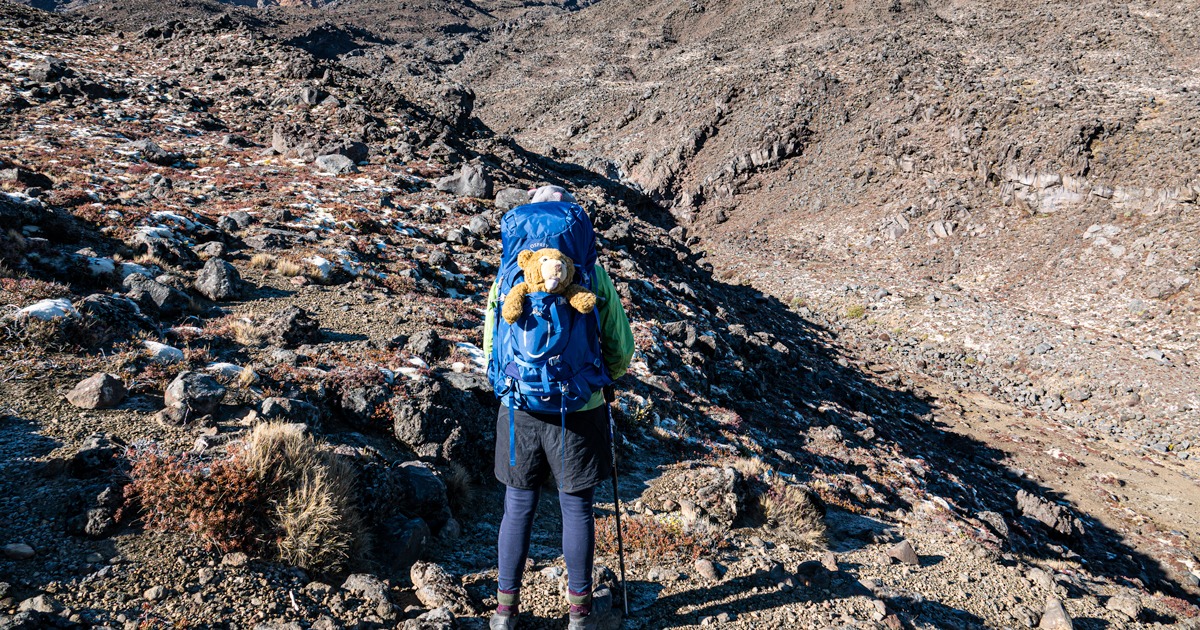
She left the lodge with her helper getting a lift over the rocks that were awkward for very short legs. They carried a sharp saw and travelled over the path Sarah remembered from three years before and found the tree with no problems.
It was bent over as if someone, or maybe the wind, had made a determined effort to uproot it but had failed and although the tree was on a lean it was still growing vigorously.
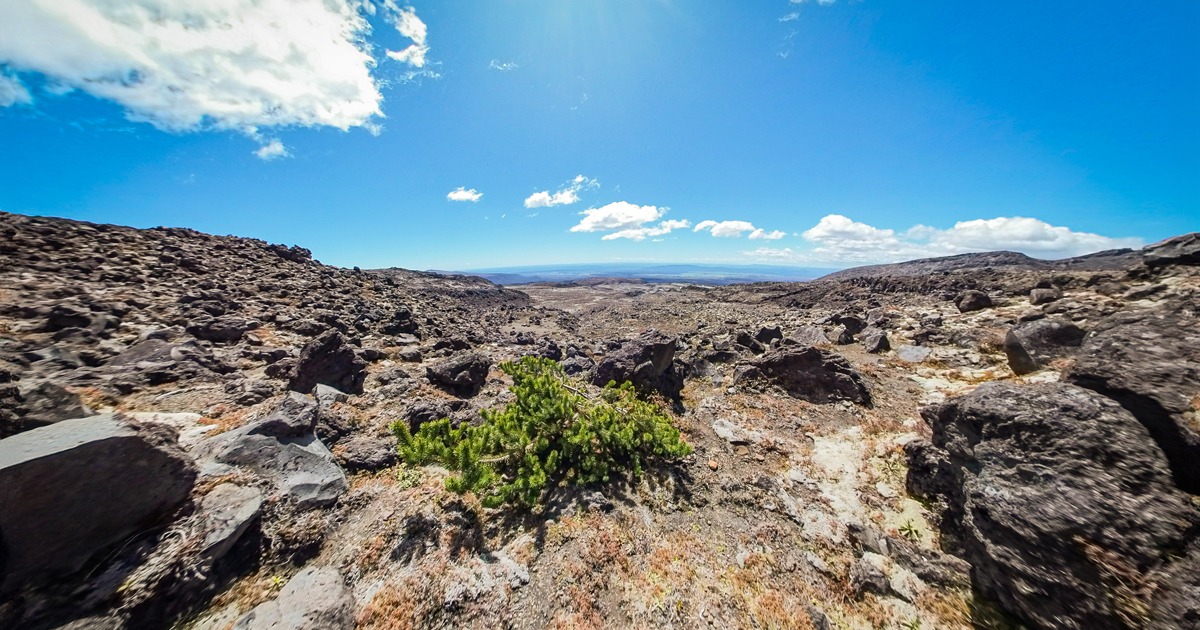
Teddy tied a rope to the tree and pulled it over until it was nearly horizonal and then it was a simple matter to saw through the trunk.
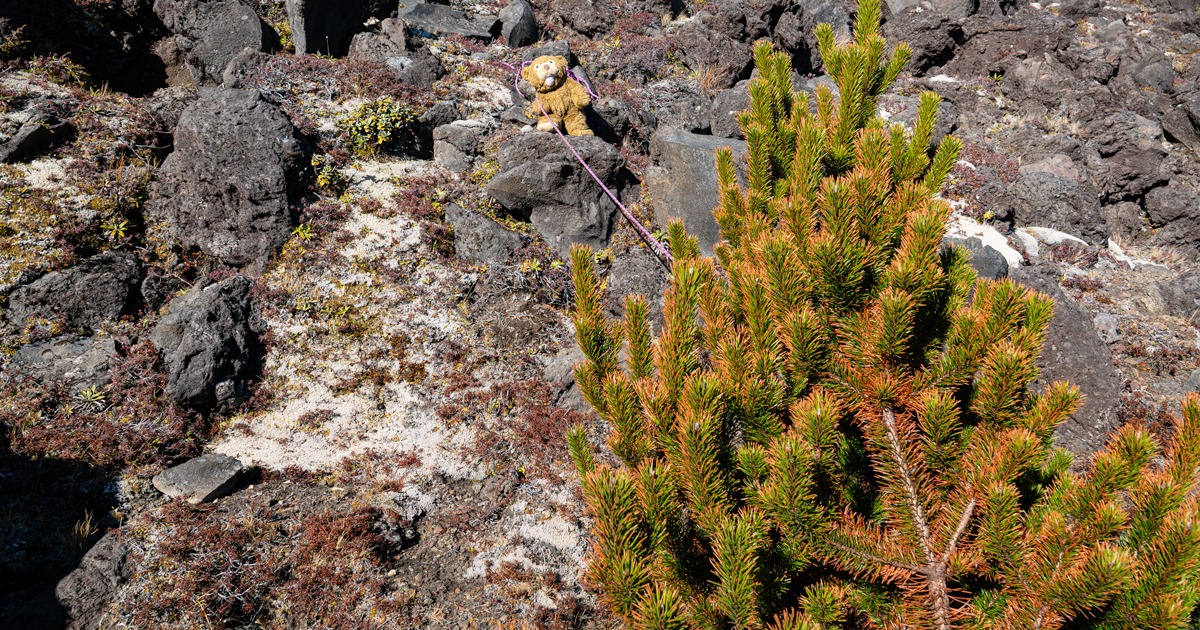
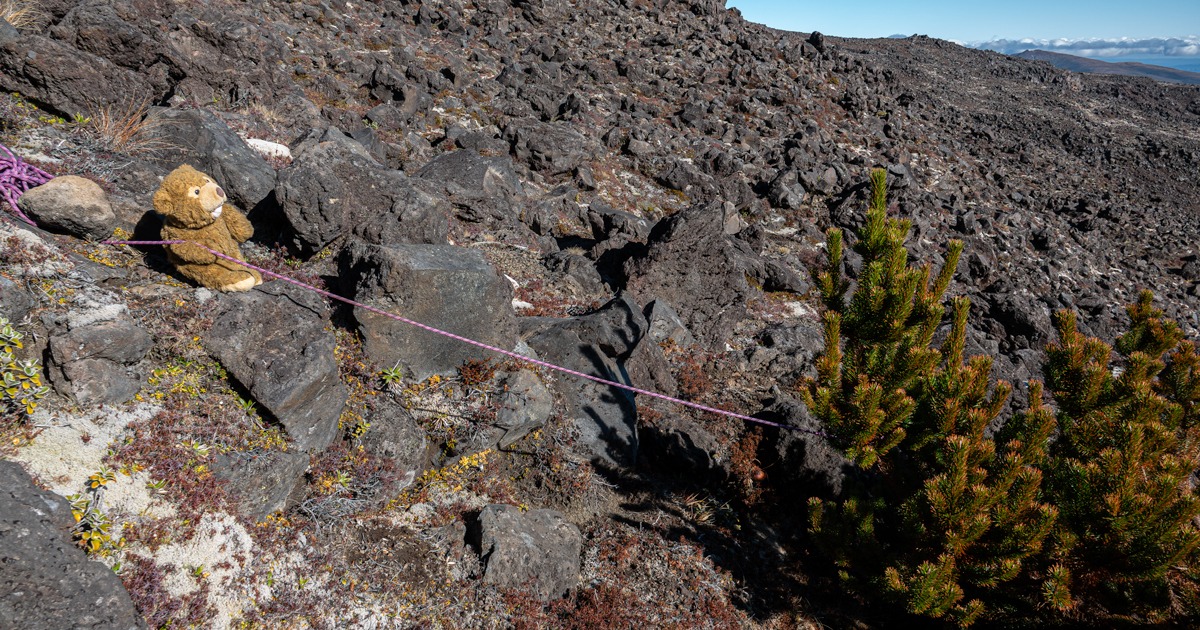
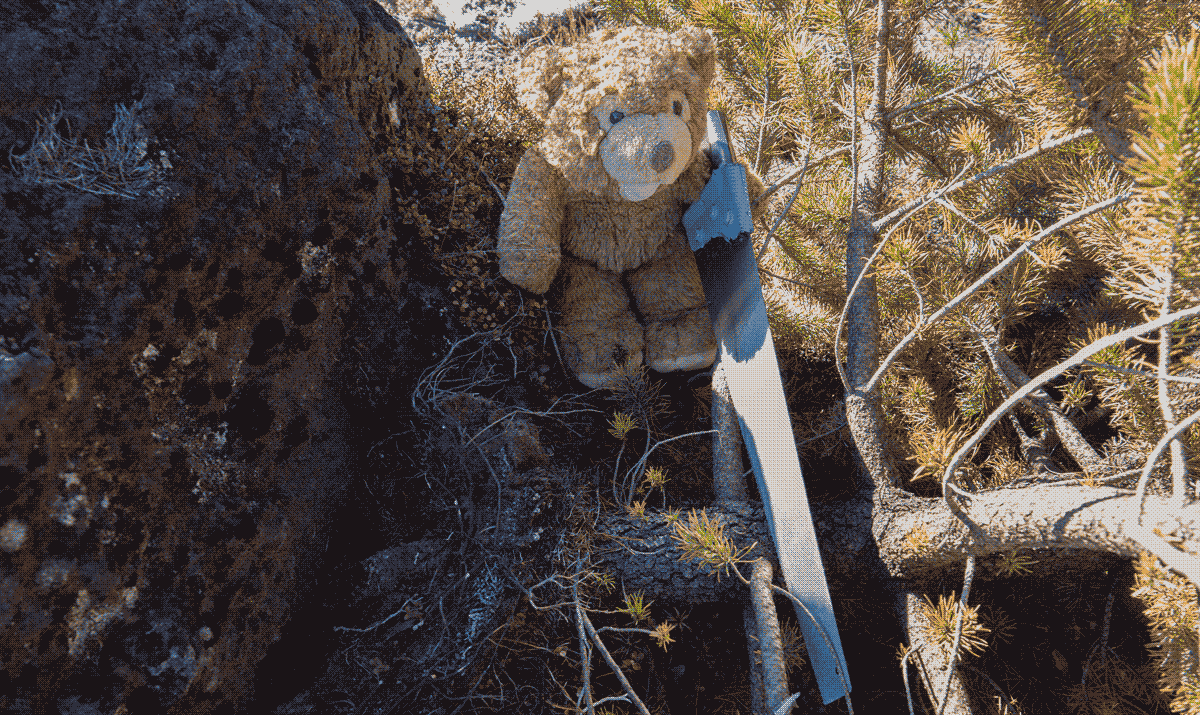
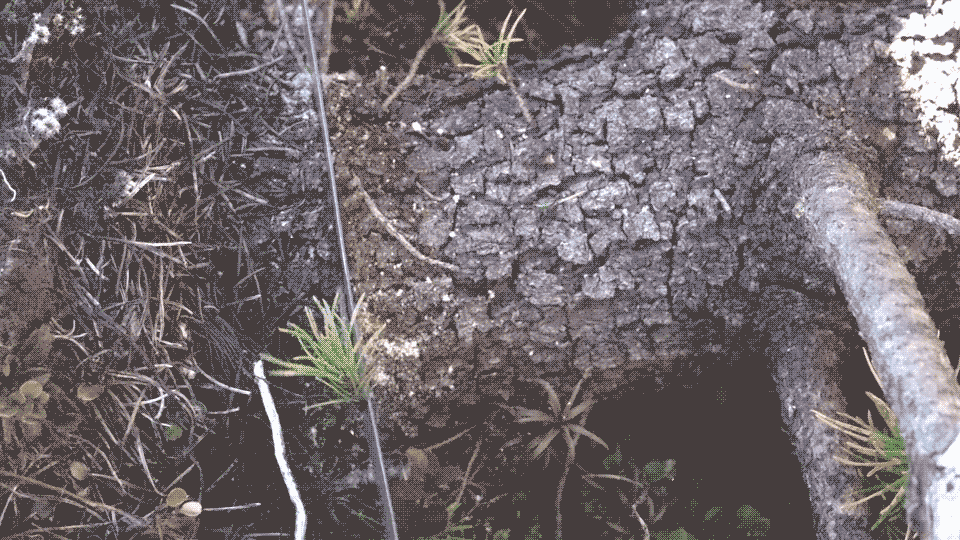
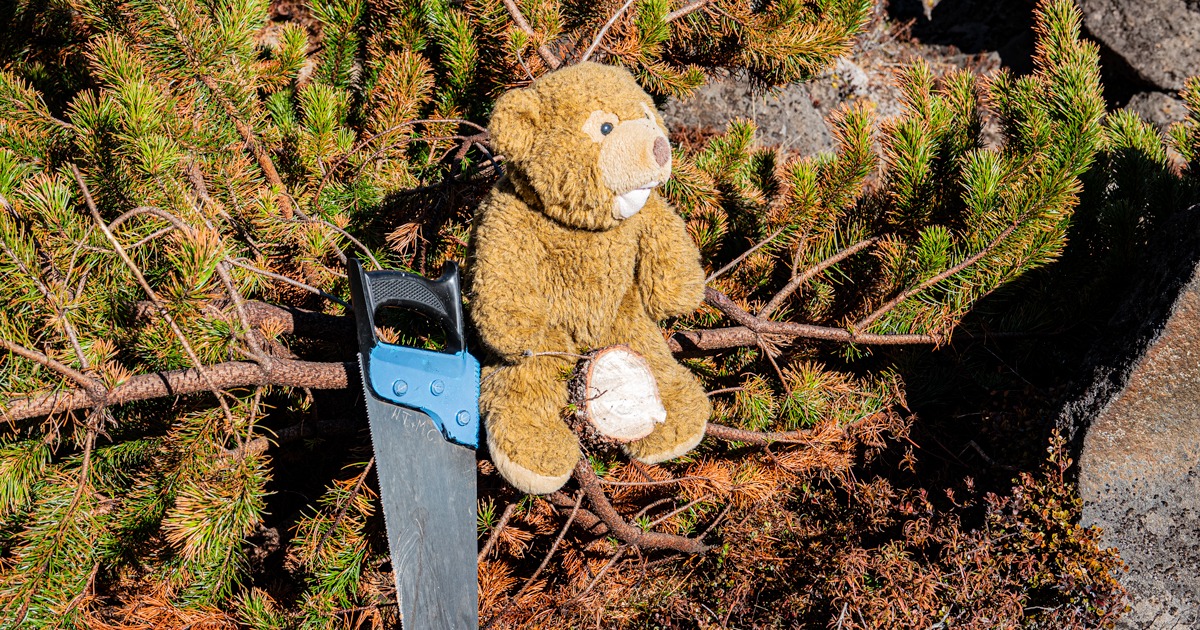
One more wilding pine gone!
But there are 1.8 million hectares of wilding pines in NZ, which at about 3,000 pines per hectare is 5.4 billion invasive trees.
There are about 2.4 million working age adults in NZ so that’s 750 trees each.
Sarah and Teddy now have 749 to go. When are you going to start on your share?
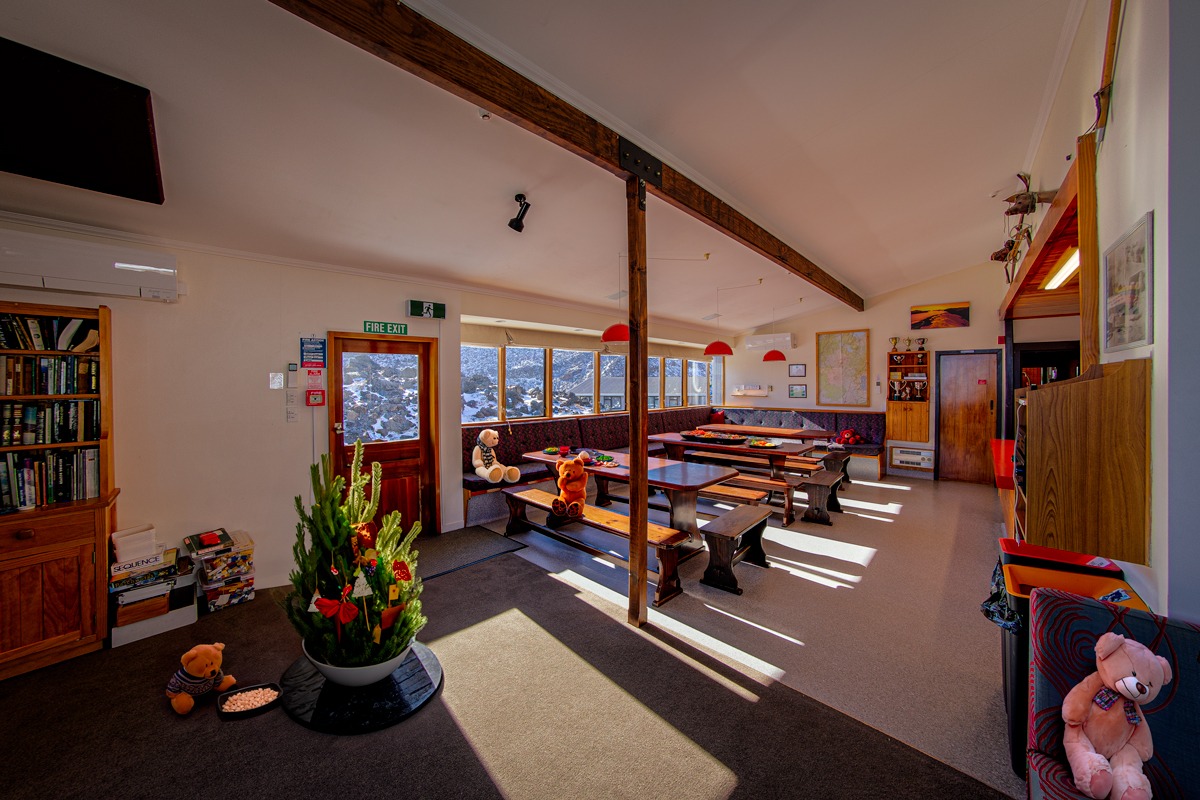

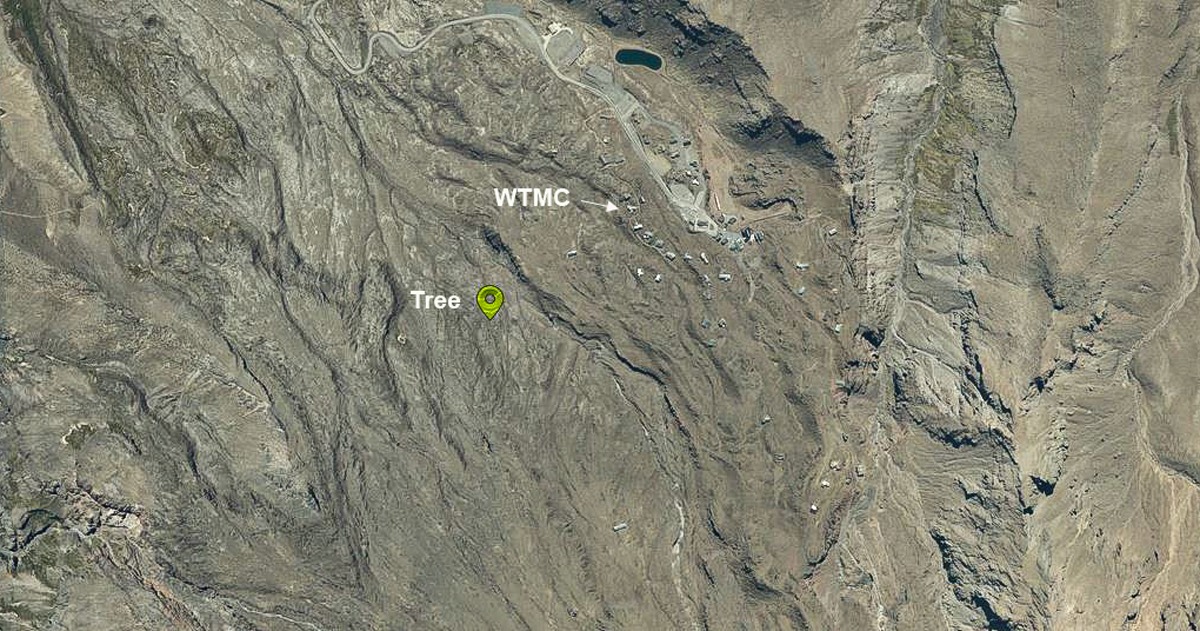
As Andrew says, the club used to do an annual weekend trip pulling out Pinus contorta on the south-eastern slopes of Mt Ruapehu up above the Desert Road. They were arranged in conjunction with DoC and were always good social trips as well as doing some good work for the environment. They used to attract a whole busload of club members (I can’t imagine a club weekend getting a whole busload of people these days!). I think the Tararua Tramping Club and the Hutt Valley Tramping Club still do them, or at least they used to before the pandemic.
Like Andrew says, I think it would be a great idea if the club looked into doing them again – though it would take a good leader to organise it and I’m not sure if such a trip would attract enough club members to make it worthwhile these days.
I’m pretty sure there’s a trip report on one of these trips in one of the old club journals from the late 1980’s or early 1990’s.
While wilding pines certainly are a threat to NZ’s natural environment other invasive species pose a greater risk. A subjective list may look like this:
• Possums
• Rats
• Stoats
• Wilding pines
• Tahr
• Wasps
• Feral cats
• Deer
• Weeds
• Didymo.
Although an individual can’t do much about wilding pines there are plenty of ways to help with control of some other problem pests. Joining a local trapping group would be a great start.
Because of extensive trapping there are now kiwi living in the bush behind my house in Johnsonville – how cool is that.
The club use to do a Pinus contorta weekends in the Tongariro National Park for the National Park service (Now DOC) on the eastern side of Ruapehu. The name has changed but still a pest and it a shame it is now spreading around the who area. Maybe the club should look into see if DOC still do Pinus contorta weekends in the summer or autumn schedule.
A great effort to eradicate these pests.. Presumably too embedded to dig or pull out. Hope there was a copper nail inserted into the stump to properly kill it and stop it re-growing. Hope Teddy got a nice snack of Hunny
Hello Geoff
Thanks for your comment.
Quite surprising to find a solitary tree such a long way from any pine forests.
It would have made a big mess to dig it out – but anyway at the moment it’s a non-tree – and we will be keeping a watch on it to make sure there’s no regrowth.
And yes there were celebrations back at the lodge – more on that to follow.